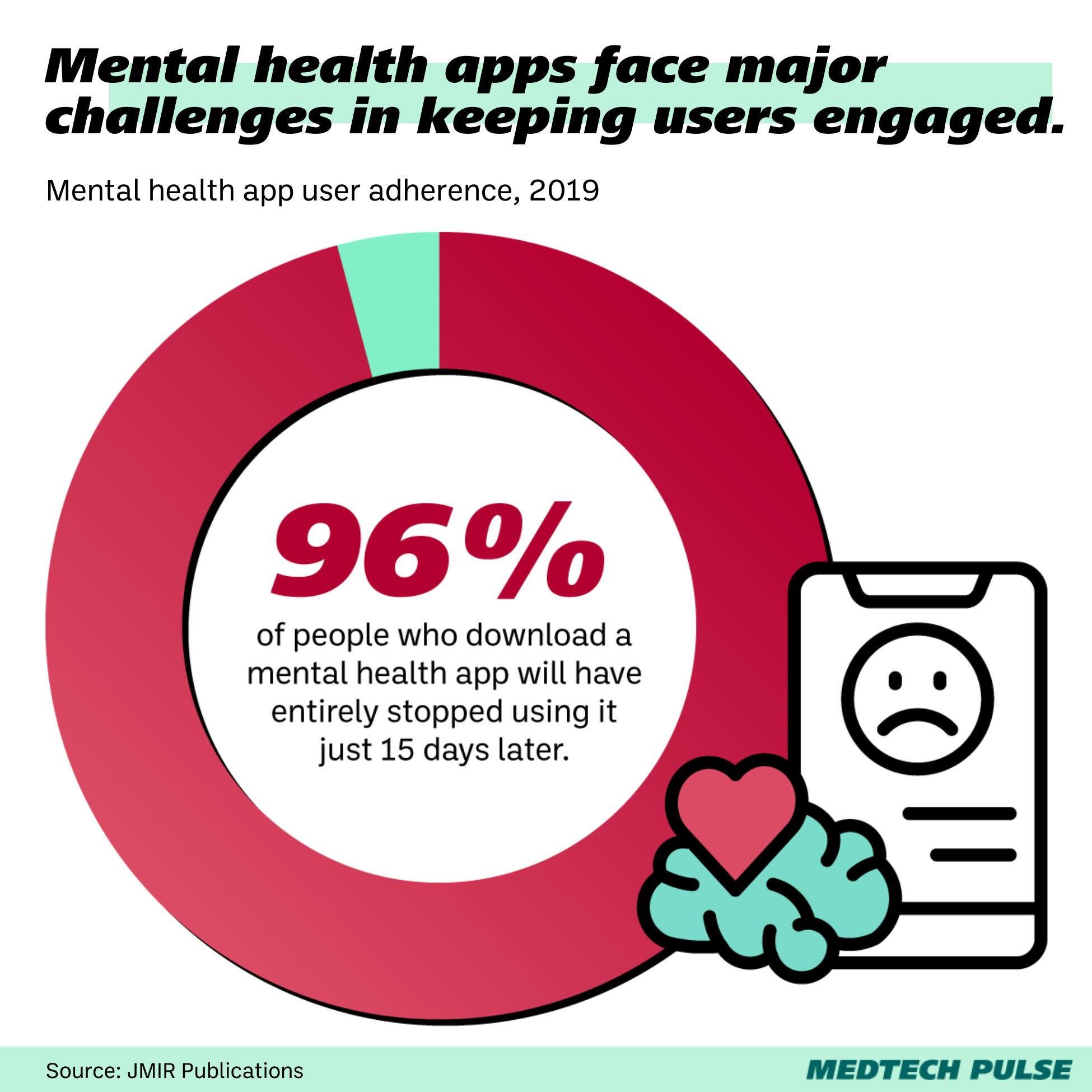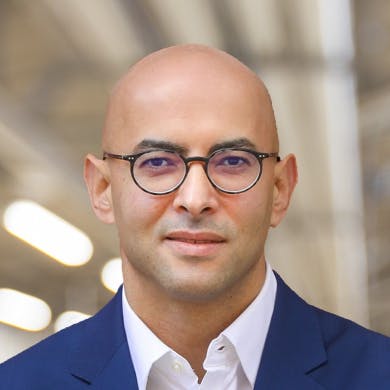New Year, new mental health apps?
In January, many of us commit to new wellness routines. If you’re joining the New Year self-improvement trend, you’re probably working on exercising more, eating better, sleeping more, or prioritizing your mental health.
Whatever your self-driven health goal may be, odds are there is an app that can help you stick to your journey, reinforcing behavior change. The goal of mental health improvement is no exception.
Plus, with an enduring shortage of mental health providers, digital tools are proving to be more and more important as support resources for patients taking their mental health into their own hands.
But do these resources actually work in improving mental health? And can we make them better?
The answers are mixed.
Especially when it comes to improving the mental well-being of otherwise healthy young people, current mental health apps’ performance appears to be lackluster.

I was excited by a recent editorial by National Institute of Mental Health postdoctoral fellow Benjamin Kaveladze. In it, he discusses the many design flaws of current digital mental health tools—such as many of these apps’ content and design largely being informed by self-help books from the 1990s.
Kaveladze and his NIMH team are currently working on a “mega-study” of different types of digital mental health tools, broadening their definition of what “counts” in order to remain open-minded in the search for a better alternative to the status quo.
Of course, there is something tricky in the idea of broadening a definition. After all, in medtech—and healthcare overall—we’re dependent on categories and definitions:
→ to determine diagnoses and differentials
→ to slot products into market categories for pitches
→ to pursue regulatory pathways
Plus, there’s a risk that broadening our definitions can also mean diluting medical authority—which erodes patient trust. If we slap a healthcare label on a tool that doesn’t actually make a meaningful, clinical difference for patients, they may waste their time and money on it when they could be seeing a provider instead.
Yet, I firmly believe expanding our definition of “what counts” as a health tool is essential to innovation. It allows us to really be creative in how we wield existing resources, making effective tools more accessible. This is how we’re pushing the limits of what, for example, wearables can do in healthcare.
Wherever we innovate, we must be mindful in balancing creativity and open-mindedness with discernment and rigor.
Speaking of mindfulness—I’m curious, what healthy habits are you prioritizing in the New Year? Are you using any digital health tools along the way? Let me know on LinkedIn.
